So you’ve just bought a new rifle. Maybe it is your first rifle, in which case – congratulations! Or maybe it is your 100th rifle, in which case – God bless America! But whatever your experience with rifles might be, you may be wondering: red dot vs scope – what’s a better choice for my rifle?
A lot of folks in particular ask us if they should mount a red dot sight or a scope to their rifle. Our answer hinges on what they want to use that rifle for. Will it be exclusively for the kind of close-range shooting you would do for home defense? If so, then a red dot is 100% the way to go. Or will it be for close-to-long-range shooting, like you might do for fun at the range or while hunting? If so, then we strongly recommend a scope.
Let us explain our reasoning.
Why Is a Red Dot Sight Better at Close Range?
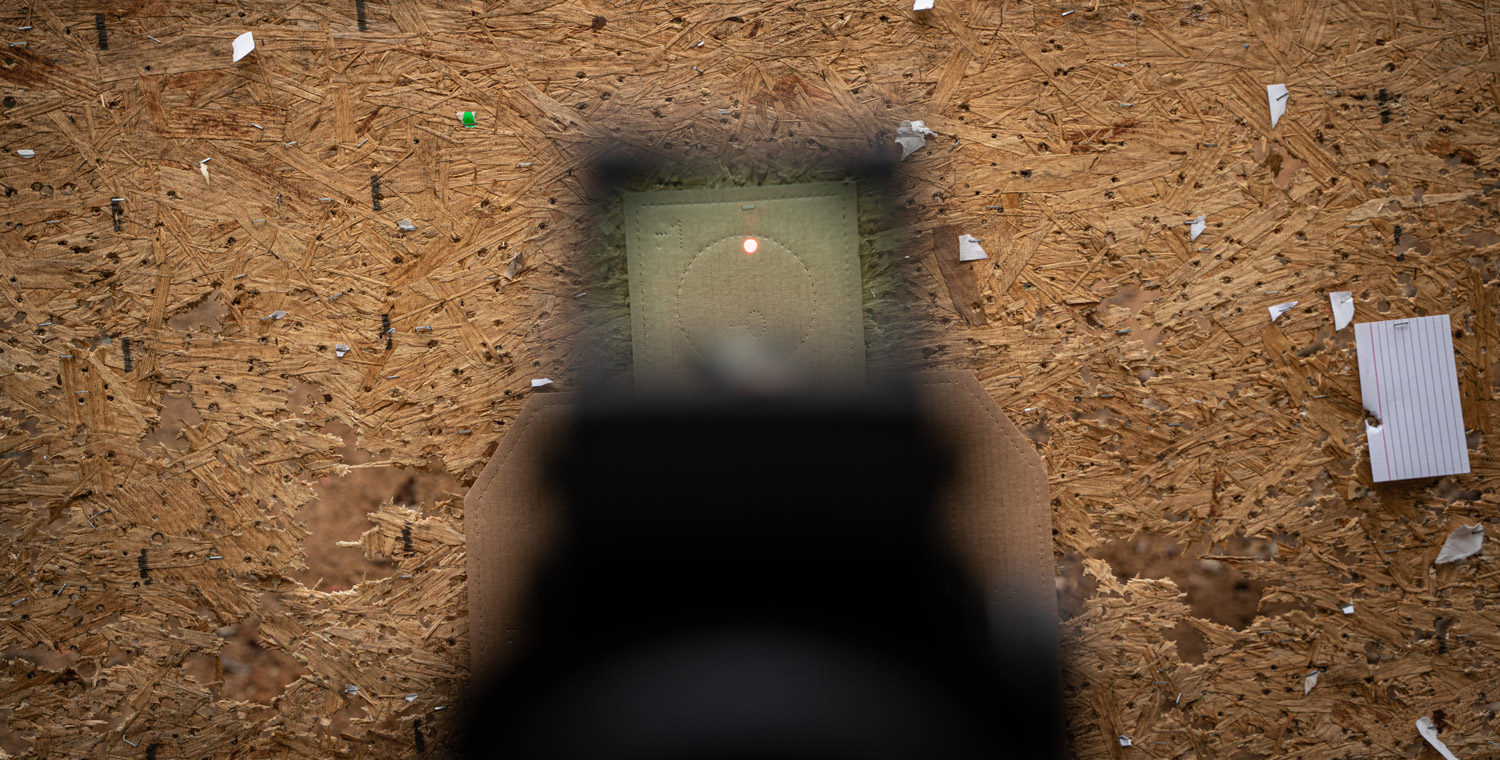
A reticle is the marking built into an optical device which informs the shooter where his bullet is going to go. A red dot sight has the simplest possible reticle: a dot. It is usually red, but green dot sights are also available. (Red is easier to see in low light and requires less battery power; green is easier to see in daylight and requires more battery power. Learn more about the red vs green debate here.)
The red dot sight’s simple reticle accordingly simplifies target acquisition. This is its primary strength. The second you look through a red dot sight, you know exactly where the bullet is going to go; namely, whatever the dot overlaps with. In a sense a red dot sight provides the same information as the iron sights you would find on a factory Glock, for example, except you don’t have to take any time at all to line up the rear sight with the front sight.
You do have to zero in a red dot sight. We advise sighting it to 50 yards, because that makes it flat shooting and versatile at multiple distances within that range. It is also highly unlikely that you will have to cover ranges longer than 50 yards during a home defense scenario (unless your house has bizarrely large rooms).
Advantages of Red Dots vs Scopes
A red dot sight has many blessings. It is lightweight, has a small profile, takes up relatively little space on top of the rifle, and is easy to mount and zero in. You can use it in conjunction with iron sights, at a variety of different angles, without having to compensate for parallax, and with both eyes open if you prefer to stay more aware of your surroundings. A red dot sight is also especially well suited for moving targets (including the home-invading type of target).
Disadvantages to Red Dots
That said, the red dot sight has a couple of drawbacks. The first is minor: If you suffer from astigmatism, your eye might have trouble not turning the illuminated dot into a blurry mess.
The second is only major if you want to shoot beyond close range. The red dot sight does not magnify the target (unless you purchase an additional magnifier), and its reticle cannot help you assess bullet drop, windage, and other variables that can affect your bullet’s trajectory.
Why Is a Scope Better Than a Red Dot Sight at Long Range?
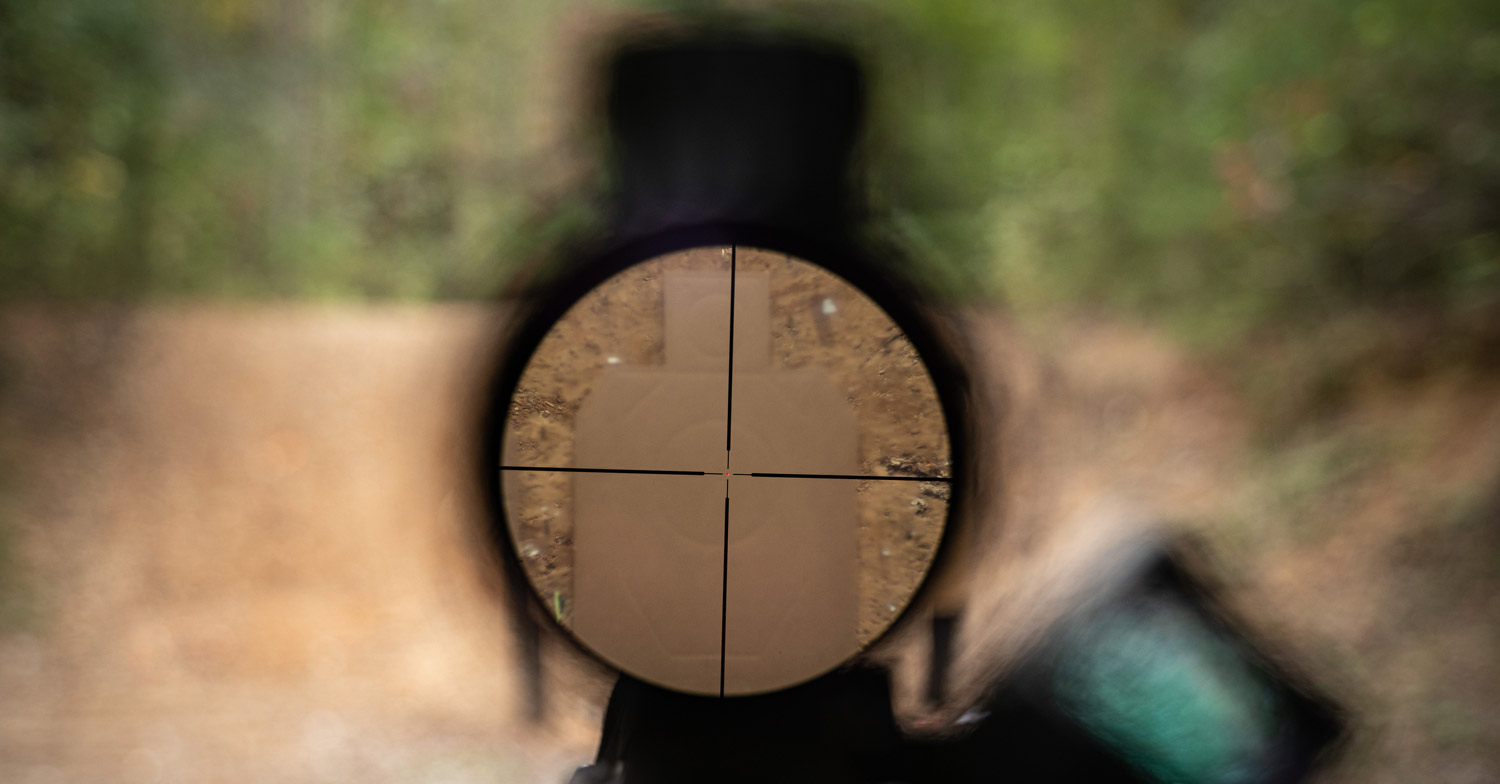
Acquiring a target at close range takes longer with a scope than it does with a red dot sight. The difference typically comes down to a few tenths of a second, but ask any cop – a few tenths of a second may spell the difference between life or death during a violent altercation.
But once your range becomes longer than 50 yards, the larger, bulkier optic becomes far more preferable.
Scopes offer a wide selection of reticles including crosshairs, German, duplex, mil-dot, bullet drop compensation, Christmas tree – and even dot. Some scopes may even combine multiple reticles to facilitate precision aiming. We won’t get into the relative advantages and disadvantages of all the different reticle types here, but it’s easy to appreciate how a reticle which lets the shooter estimate bullet drop would present a huge advantage for long-distance shooting.
Scopes additionally provide magnification, while red dot sights do not. In essence, a scope makes your target look like it’s closer, which is crucial when it’s not really close at all. The most powerful conventional rifle scope currently on the market offers 80X magnification! But if you’d rather not spend several thousand dollars on a scope, you’ll still find one that offers only 3X or 6X magnification extremely helpful for shooting targets at 100 yards and beyond.
The Takeaway – Red Dots vs. Scopes
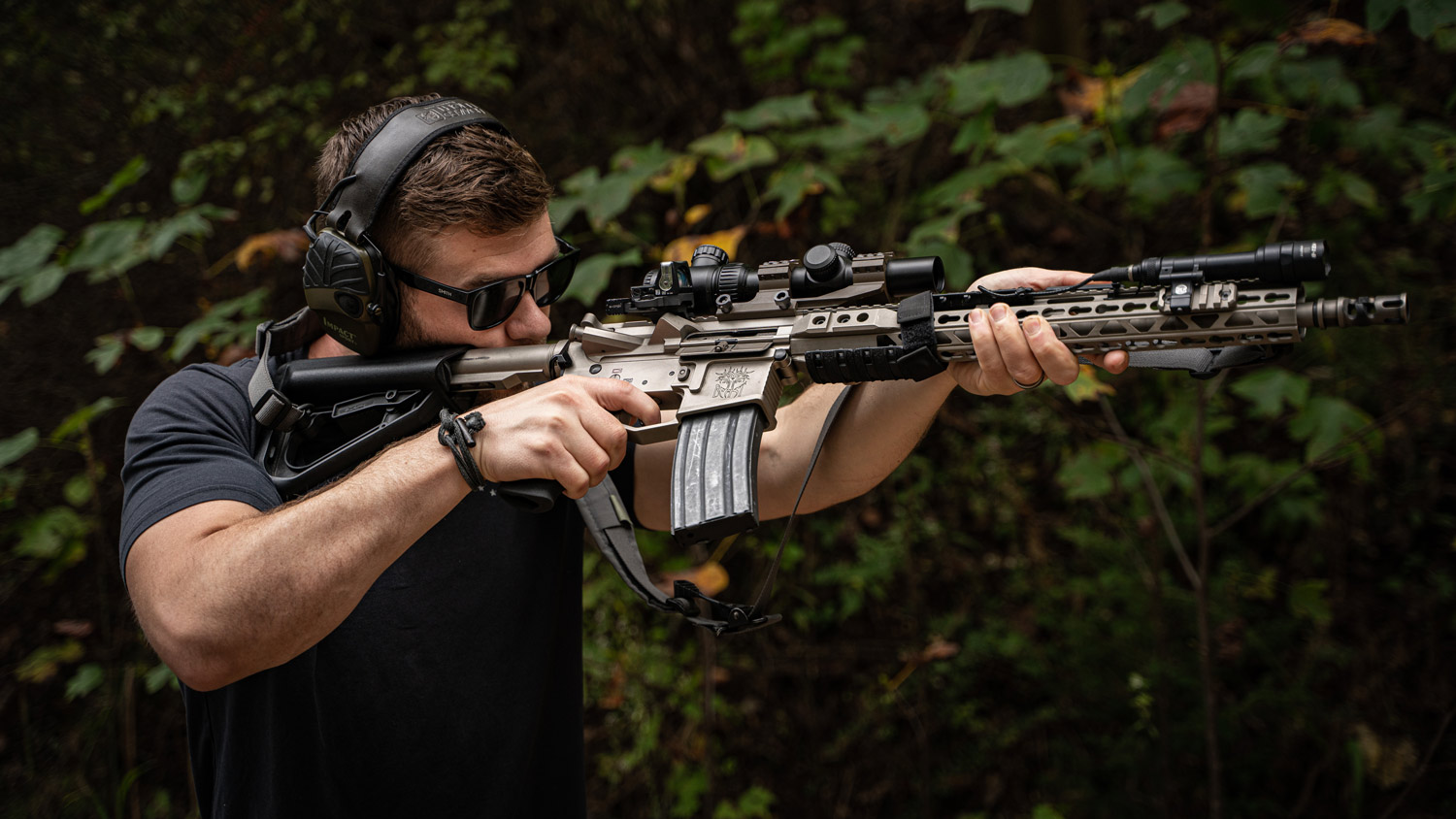
If you’re going to count on your rifle for the all-important task of self-defense, in which you probably wouldn’t want to hit targets farther away than 50 yards, then the red dot sight’s ability to facilitate fast target acquisition makes it the best way to go. But if you’re going to shoot targets much farther beyond 50 or 100 yards, then a scope’s magnification and potentially more complex reticle is the answer.

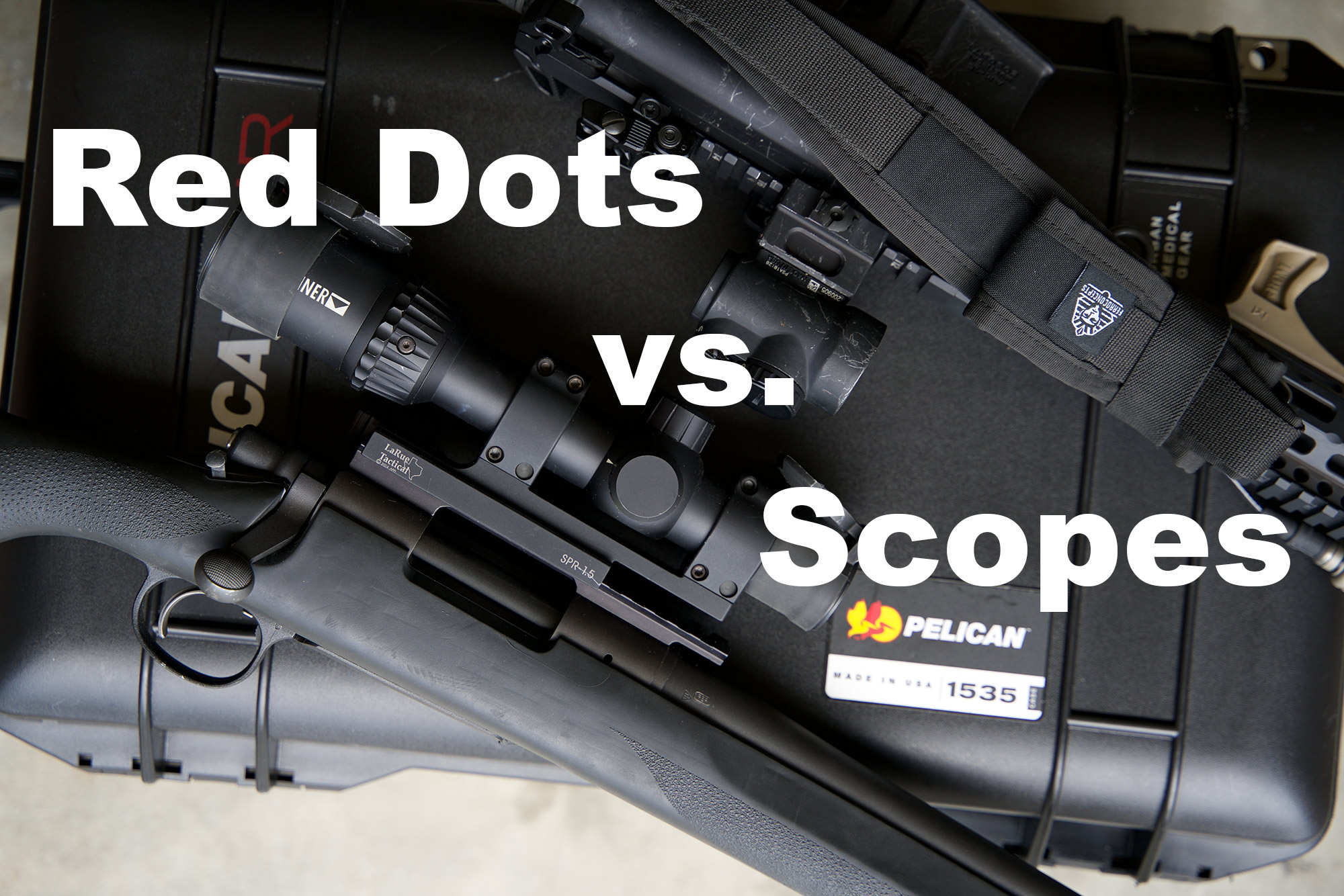
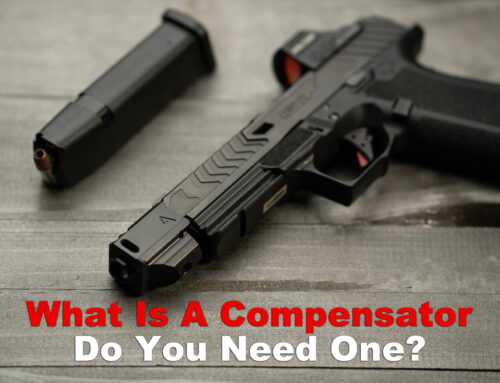

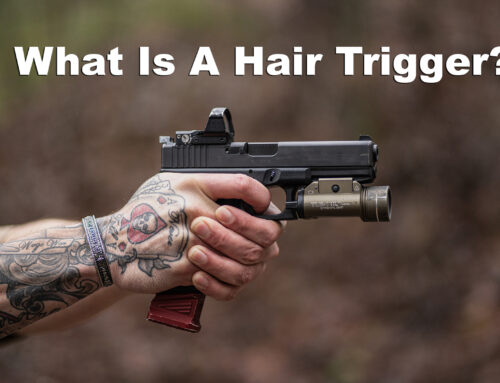

Leave A Comment